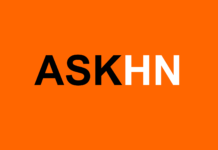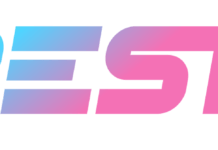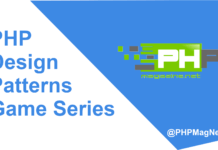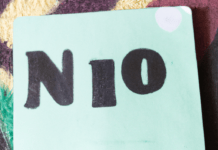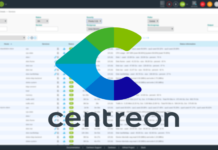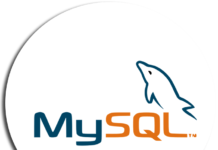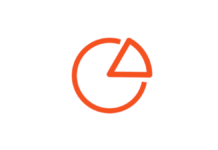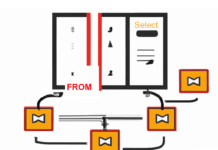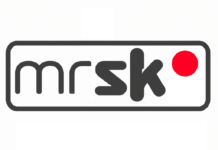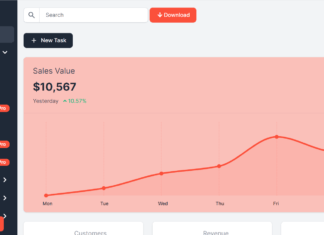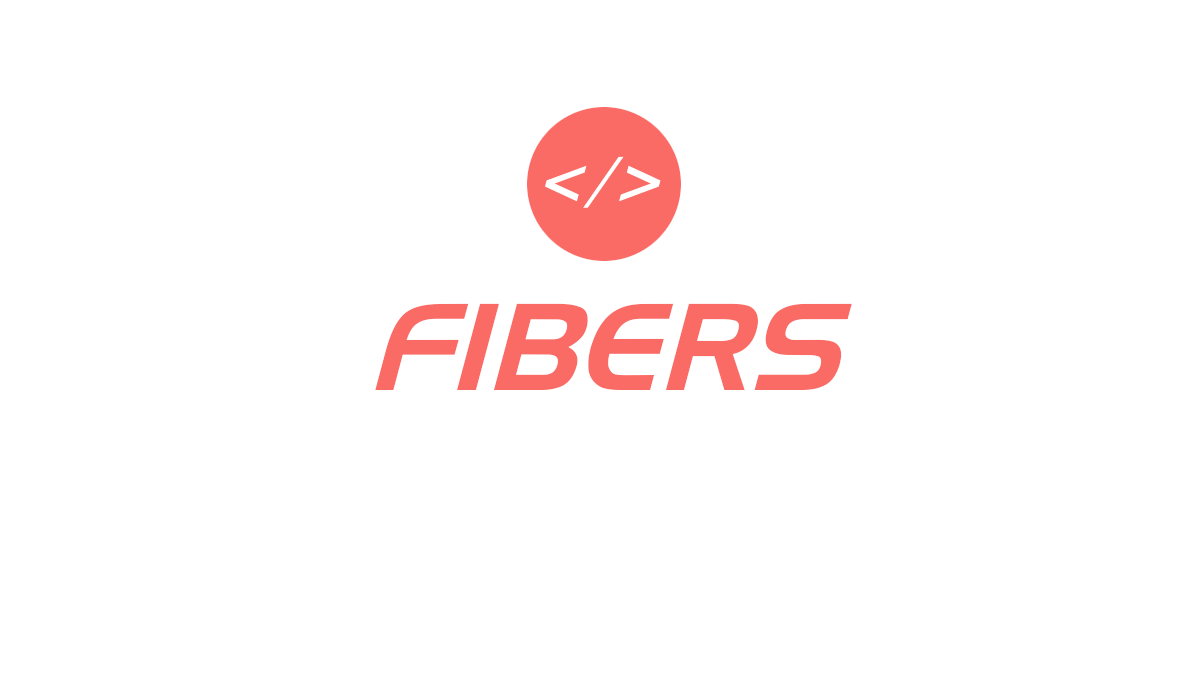ShutterBook is a online photo sharing service, offering a great service easy to use with a flash based interface and a PHP backend. I have contacted Dzuy Linh and Trent Hamilton the creators of Shutterbook and got from them this interview :

Q : Congratulations for the official launch of Shutterbook. I would like first to ask you why Shutterbook ? and when this project started ?
Dzuy: Shutterbook started out over a year ago as a simple way for my sister to share photos online. After using a bunch of online services I quickly realized that none of them were as easy as they claimed and all of them just had poorly designed interfaces. We first created just a viewing gallery and then decided to build a complete drag-n-drop admin with it. We just kept building on that and then we released a public version that just picked up a lot of popularity pretty fast.
Q : Who is behind Shutterbook ?
Dzuy: The front-end Flash design and development is done by myself and all the back-end work is done by Trent. We’ve had some help here and there from friends but for the most part, it’s just the two of us working long days and long nights.
Q : Was PHP an obvious choice for the backend ?
Trent: Absolutely. I’ve been working with *nix for about 10 years now so, naturally, I’m a huge proponent of Open Source. I love that so many great people are so passionate about working together to create such a robust and stable environment – and PHP’s immense growth over the last several years can attest to its quality as an enterprise solution where previously only Java and ASP were really considered. Shutterbook is pretty server intensive since we handle photo manipulation on the server side, and PHP has never let us down.
Q : Scaling should be very important for your project, how are you prepared to serve your customers with quality service ?
Trent: We recently migrated to an immensely more powerful server environment, which has offered major performance improvement and allows us to easily scale our hardware as much as we’ll ever need to. And our hosting provider has been invaluable in helping us grow quickly and with as few snags as possible. We’re also hoping to upgrade to MySQL 5.0 as soon as we’re confident in its stability – I’d like to take advantage of stored procedures, particularly in our community and admin areas, which are the heaviest on the database.
As far as the code itself is concerned, the backend was built to allow quick implementation of new features. Working together for so long, we’re pretty aware of the fact that, at any time, one of us will have an idea some cool new feature that has to be implemented RIGHT NOW – without destabilizing what’s already in place.
Q : Flash and PHP, sounds like the perfect couple for Shutterbook, tell us more about this choice ?
Dzuy: Flash has really matured to the point where we’re able to use it strictly as an interface option. We wanted the back-end development to be as independent from the interface as possible so we chose to work with PHP to deliver the XML data to Flash. It’s fast and it’s clean but most importantly it creates a clear division between the back-end and the front-end giving us more flexibility with interface changes. For example, when we decided to create an HTML version of the gallery, we were able to rip it out within a couple hours.
Q : Why not AJAX ?
Dzuy: AJAX has its limitations and those limitations happen to be in the direction we’re heading in. We’re creating a much richer user experience – one that integrates elegant slideshows, music, videos, and extensive printing options. More and more Flash is becoming a great platform to work on for these kinds of features. I think AJAX style development is great and I’m sure we’ll be using it here and there in the near future but I don’t see us dumping the Flash platform to go completely AJAX any time soon.
Q : You developed a web based application, but I saw some python also for the desktop tools ?
Dzuy: We did use Python for the Uploader. We wanted to use something that would allow us to easily port a Mac version along with the PC version. We’re still interested in porting a Linux version so if you know anyone, let me know!
Q : What database are you using for Shutterbook ?
Trent: We’re currently using MySQL 4.
Q : Shutterbook offer already a service for moblogging, are you planning to offer more services, tools or software for mobile ?
Dzuy: I don’t think we’re going too deep into the mobile market. We may produce a more mobile friendly gallery but I don’t see us going much further than that for now.
Q : Since we talking about planning, is there a Shutterbook API in your roadmap ?
Dzuy: It’s definitely in the roadmap but we’re not sure just when yet. We’ll release a public API when we’re at the point where the development stabilizes and we’re not introducing new features every other day.
Q : Yahoo! and Google for example offer both services for photo sharing like flickr, Hello, Picasa. Where do you place Shutterbook ?
Shutterbook is a new kind of web app that takes the UI functionality of desktop applications – drag-n-drop, double clicks, contextual menus, etc – and mixes it with the accessibility of the web – the community, searchable tags, phone uploads, etc. It’s more consumer friendly than any other online photo sharing application and it’s quickly becoming the most feature rich.

